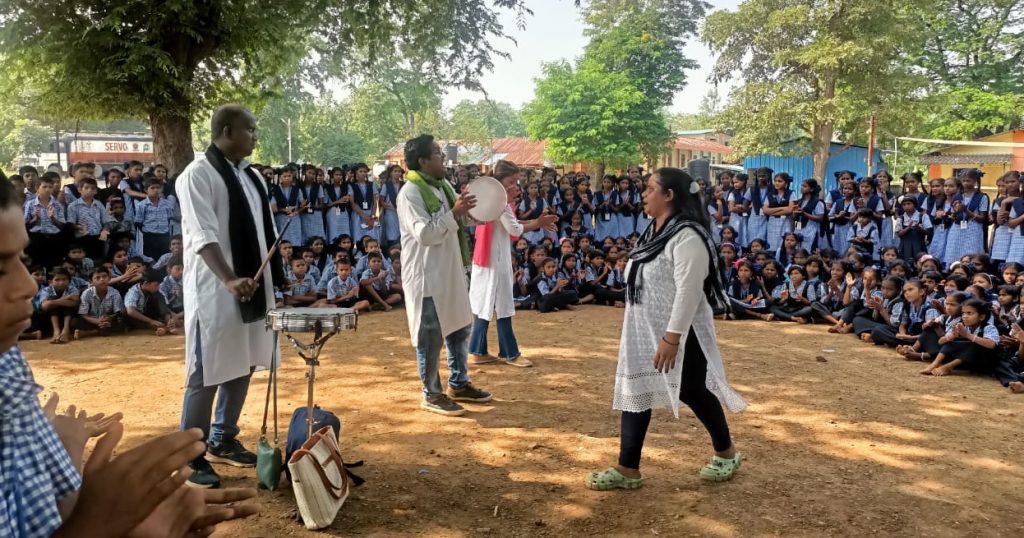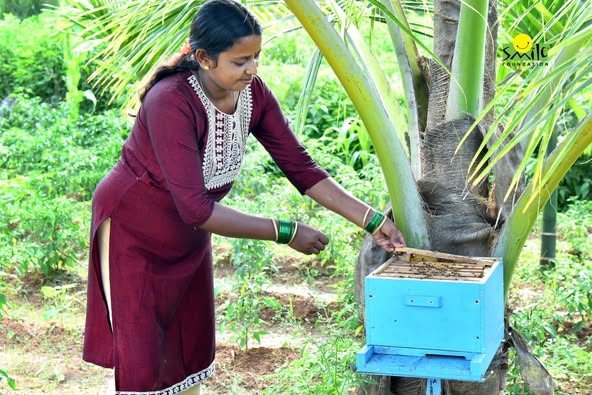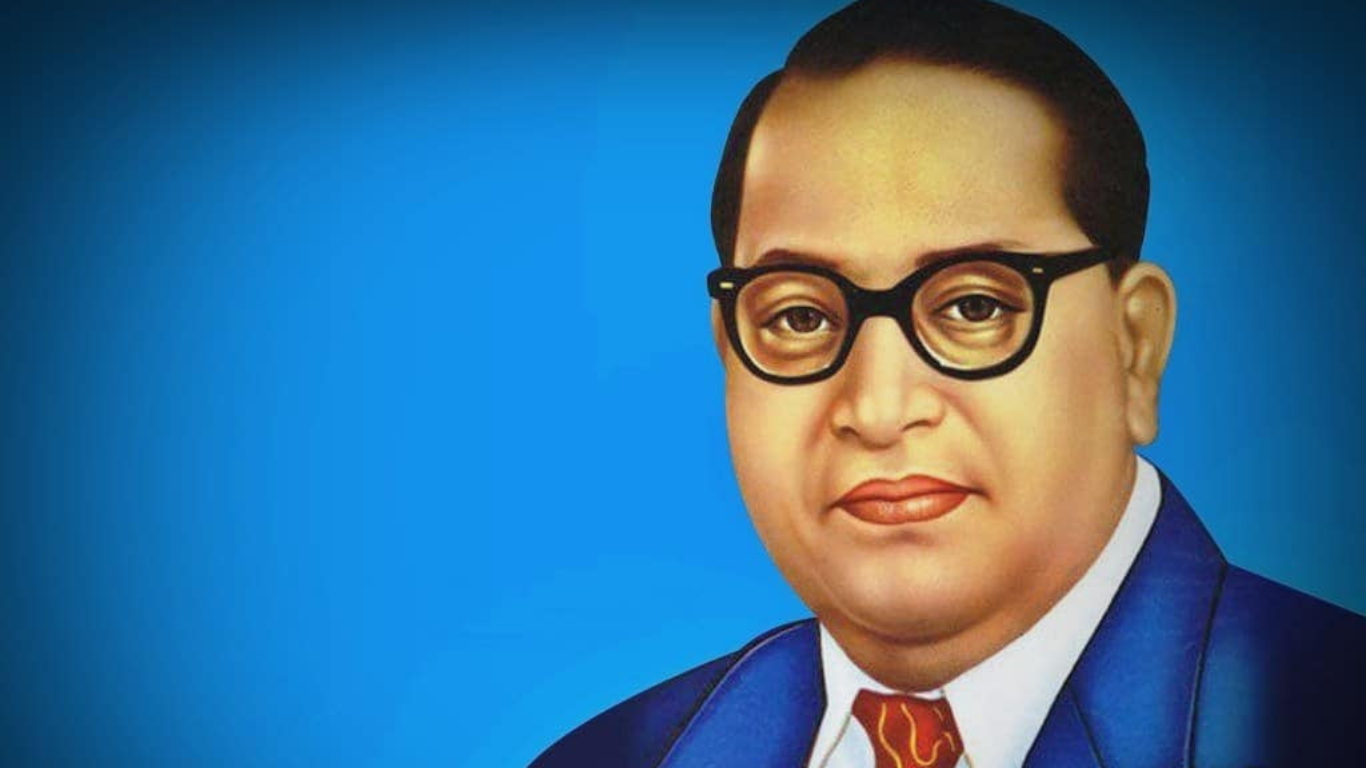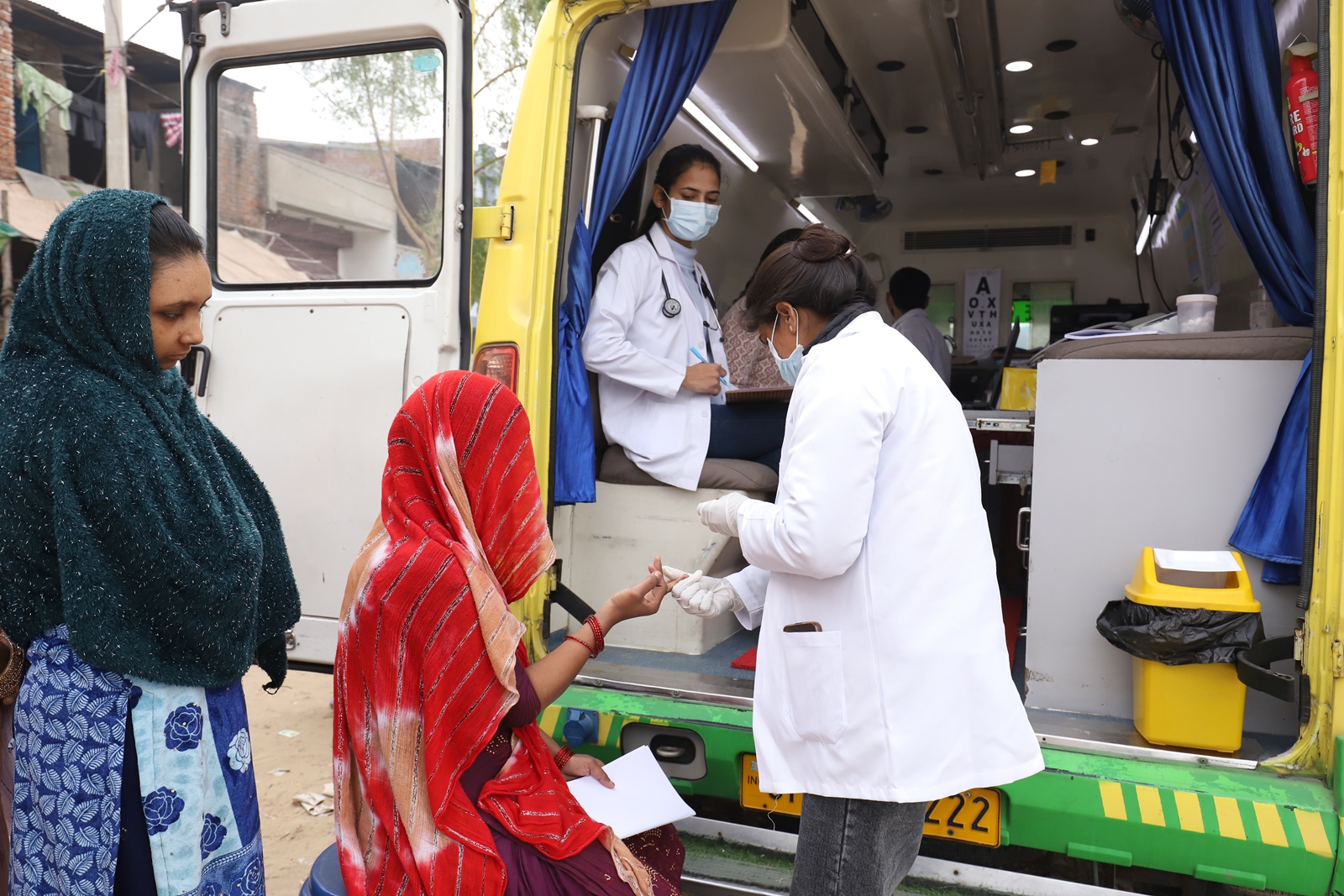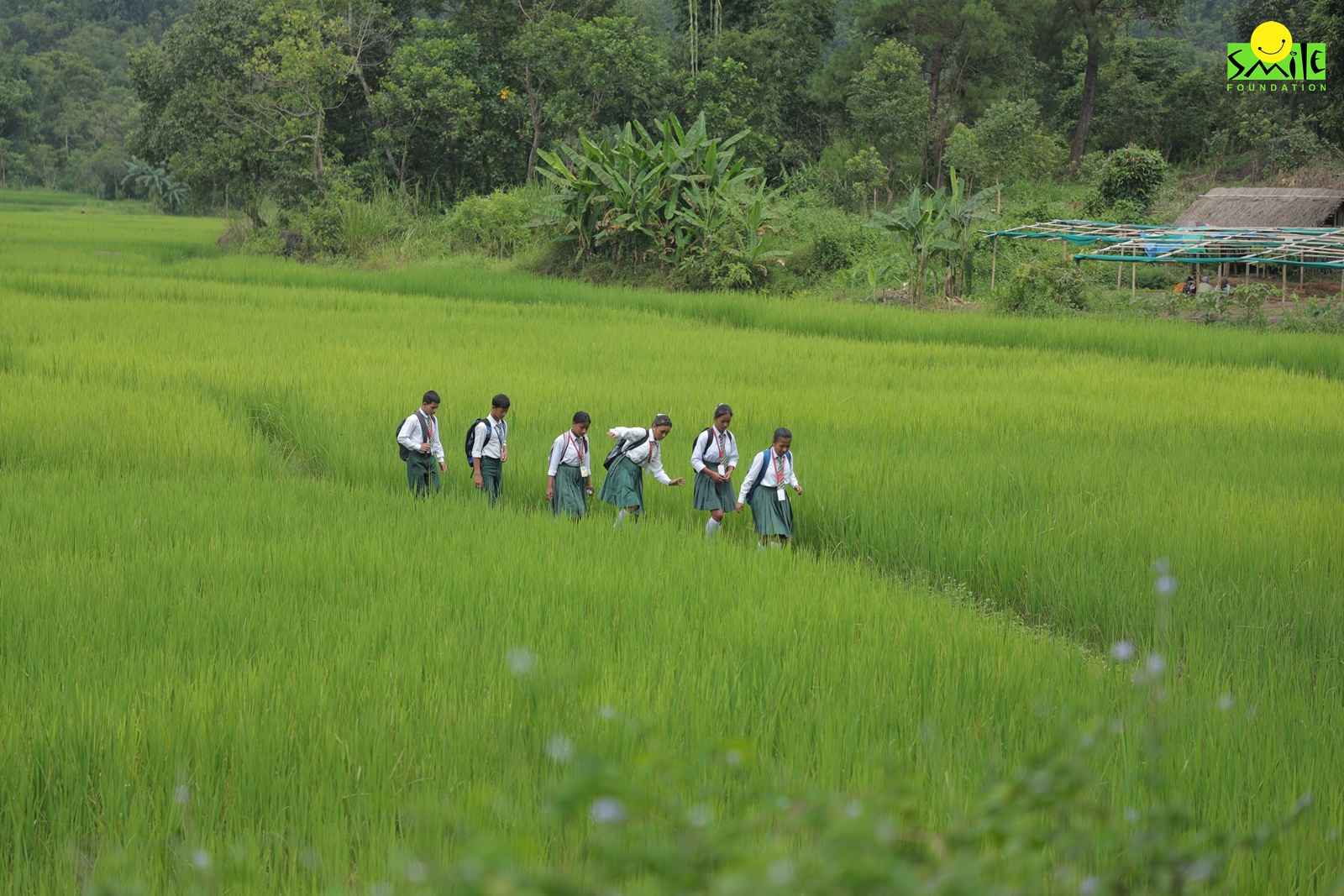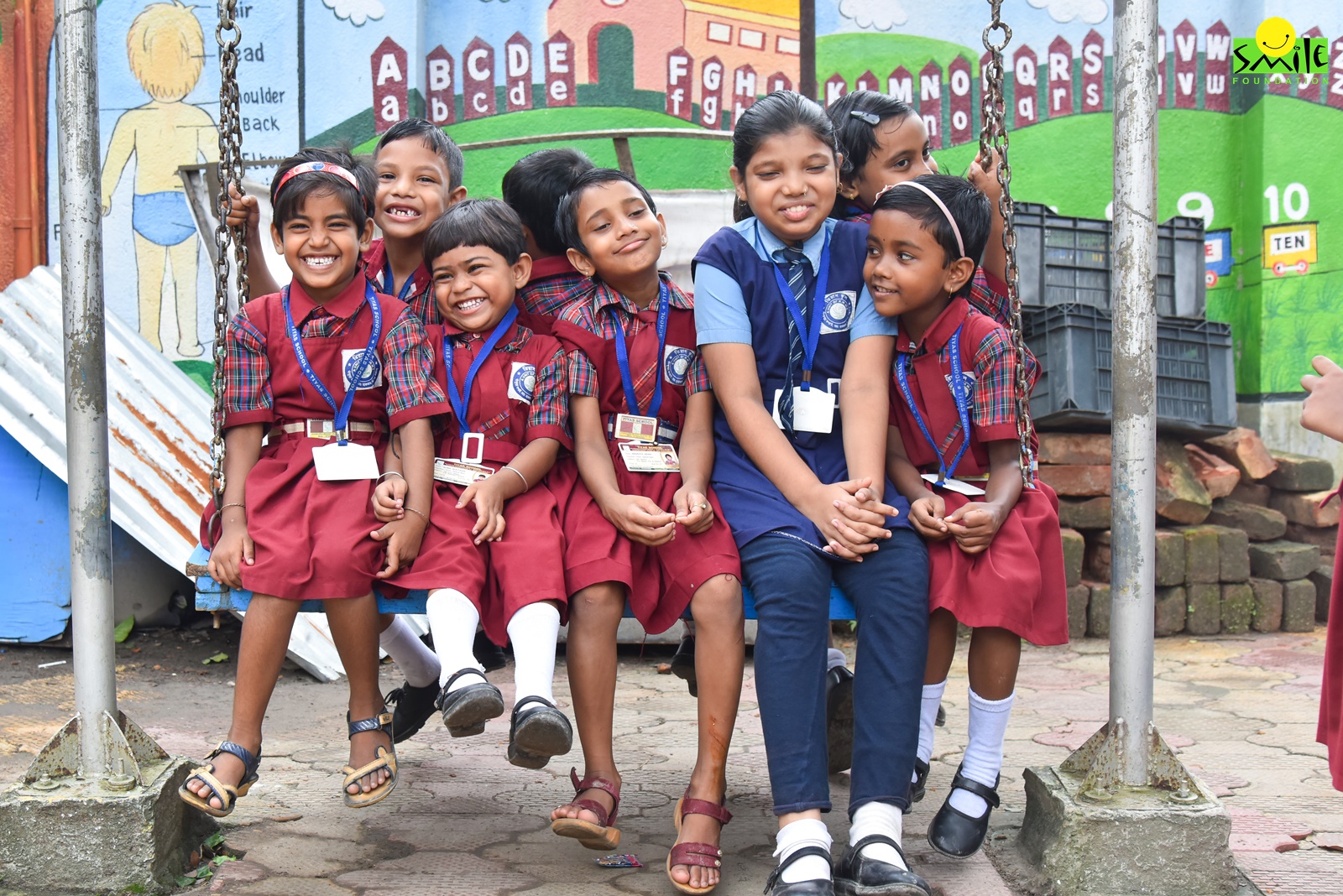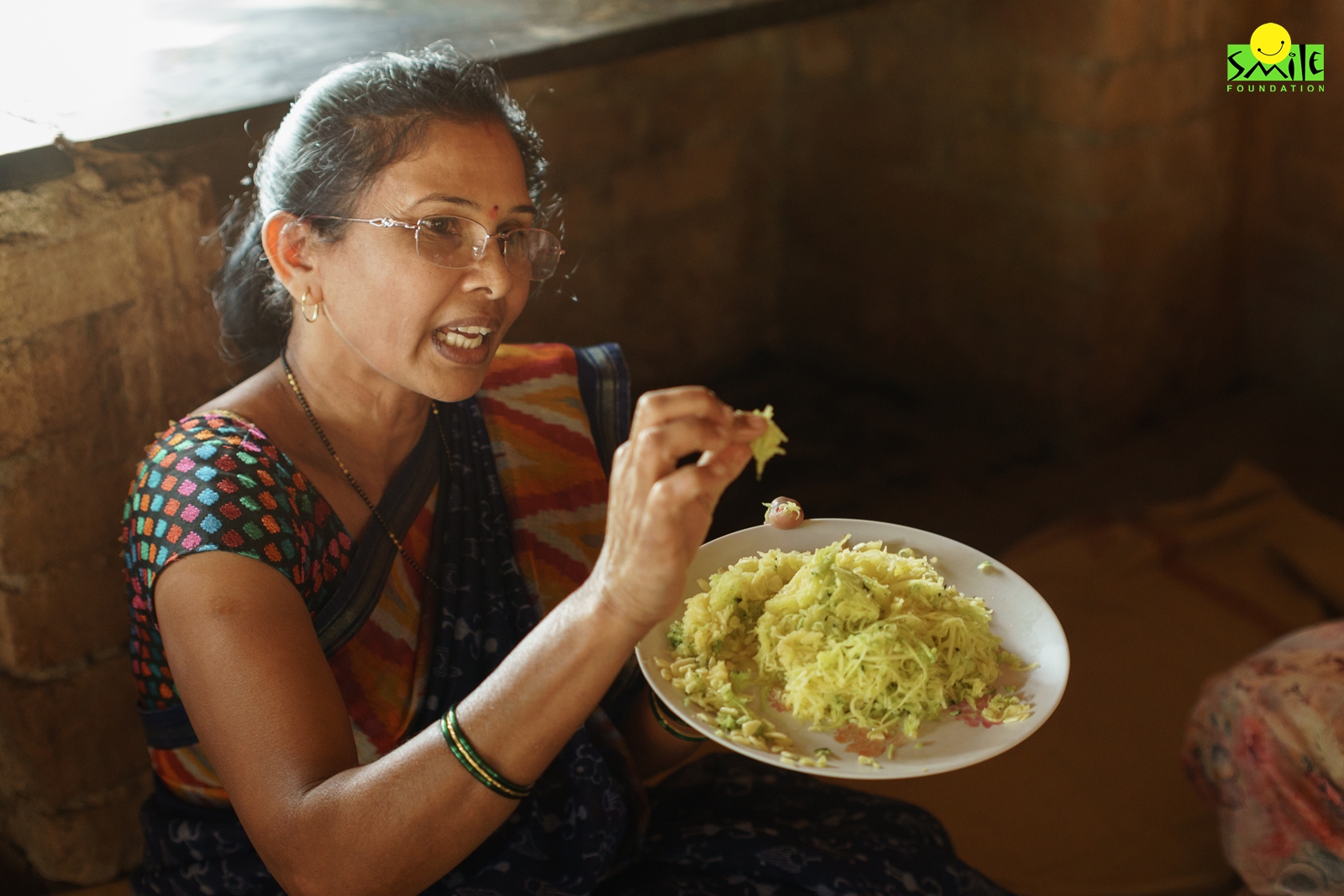An age-old art form in India, street plays have been a popular traditional medium of communication and spreading social awareness. Despite the dominance of the digital age, street plays continue to rule India’s hinterlands, reinforcing the fact that traditional folk media remains an effective tool for educating vast masses. Having a long history in Indian culture, street plays and street theatres go beyond being mere tools of entertainment and are key to disseminating information through art.
Street play is a style of theatrical presentation and performance that happens in public places without paying patrons. In addition to spreading political and social themes, it serves as a communication tool to increase public awareness on urgent social issues. Around the world, grassroots, amateur street theatre productions have become more and more popular in public health initiatives, education campaigns and community organising.
Often played and performed in a public setting such as a village, streets, temple premises, courtyard or at a community celebration, street plays have been a popular culture for years and known under different names across India; in Andhra Pradesh, it is known as Veedi Natakam while in Maharashtra it is popularly called Path Natya. In Karnataka it goes by the name Bayalata and Nalakatha; in Tamil Nadu, it is called Terukuttu and Nukkad natak in North India.
In earlier times, it was a popular medium for spreading mythological stories and folklore; however, over time due to its potential of mass appeal, it has come to be increasingly used to highlight relevant social issues.
A Popular Medium for Spreading Social Awareness
As a popular form of entertainment and social criticism in India, street dramas were often performed in public spaces such as college or university campuses, train stations, slums, street corners and marketplaces. Because the artists did not have to wait for patrons to enter the theatre and because, in contrast to traditional theatres, there is no ticket line for street play attendees, the message has always been widely disseminated.
The first-ever street theatre was organised by the Indian People’s Theatre Association in 1943 solely to educate the people about the detrimental effects of imperialism and promote liberal views. The history of the street theatre movement in India began with the IPTA, which later spread throughout the country despite boundaries and cultural barriers. Women’s issues, children’s health and education, communism and economic liberation have all been important facets of street plays.
Being heavily influenced by European theatre culture and with the rise of the nationalist movement, street theatre played a significant role in social and political protest in India during the British colonial era in the late 19th and early 20th centuries.
It was IPTA which came up with one of the earlier, political messages through street plays when Bijon Bhattacharya, the founder of IPTA presented the drama “Nabanna” portraying the wretched state of Bengali peasants during the Bengal famine and how Bengali landowners were abusing their enslaved farmers is realistic.
Street plays recounted stories and addressed issues that were directly relevant to the people, such as hunger, famine, poetry, communal violence, and feudal and colonial exploitation, which continued to have an impact on a community that was deeply divided by class, caste and religion.
A Social Communication Tool
As a particular type of performance art, street theatre promotes social development via the use of visual form, emotive presentation and simple reenactment.
Given the nature of how street plays are performed locally, this allows the group of artists to engage directly with a large audience to both entertain and inspire activism. People’s native forms of expression are their traditional forms of communication. Compared to today’s mass media, traditional media are more personal, recognisable and reliable, and most literate people are familiar with their formats, genres and content.
Further, street plays reinforce how traditional media is a very powerful tool for public communication. Just as a nail is used to drive out a nail, traditional media are best suited to changing attitudes and encouraging new behaviours in a traditional culture. The use of regional languages in music, dance, and folk arts, the absence of a theatrical setup and the use of few costumes or props are the essential aesthetic elements of street plays.
In contrast to traditional forms of communication, which either put the communicator and the audience via a medium or exclude the opportunities for feedback exchange, street plays are mostly community-based, short and open up ways for post-performance discussion with the audience.
Street plays have played a significant role in raising awareness, improving public opinion and achieving positive social change in India. Street theatre, which blends education and entertainment, offers a compelling forum for individuals of all ages to actively engage with social issues, otherwise ignored by mainstream media.
Smile Foundation and Street Plays
Smile Foundation effectively utilises street plays as a dynamic tool to raise awareness on critical social issues within communities. These performances are strategically conducted in public spaces, ensuring accessibility and engagement with a broad audience.
For instance, in Greater Noida, a vibrant street play was organised to educate the community on maternal and child health, reaching hundreds of residents. Similarly, in Calcutta Nagar, a professional team performed a street play emphasising the importance of family planning, directly engaging with the local population.
These initiatives not only disseminate vital information but also vitalise community engagement, encouraging individuals to adopt healthier practices and make informed decisions.
By leveraging the traditional art form of street theatre, Smile Foundation bridges cultural and educational gaps, making complex health and social messages relatable and actionable for underserved populations.



